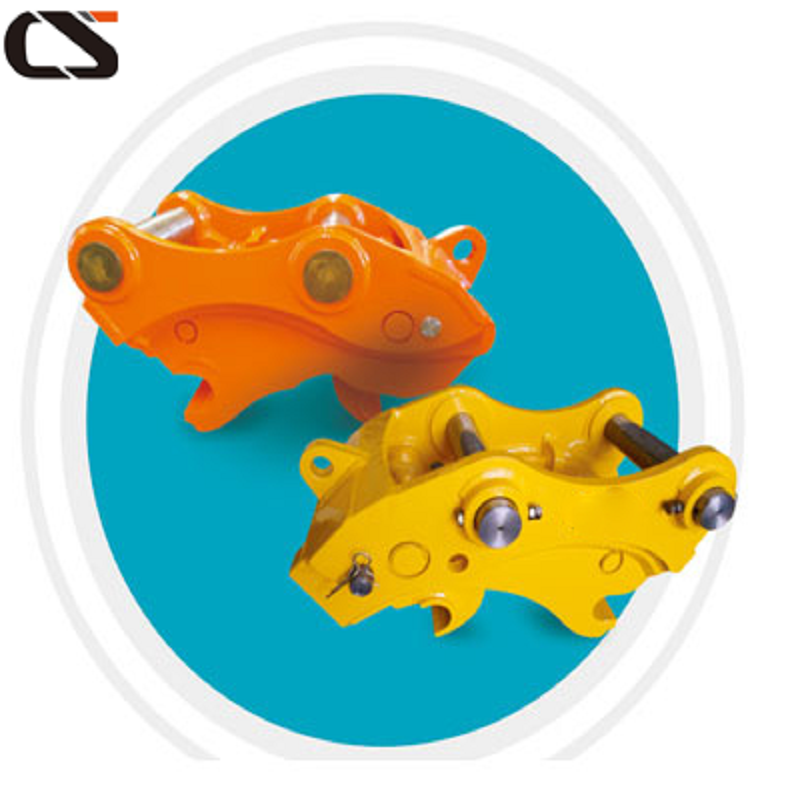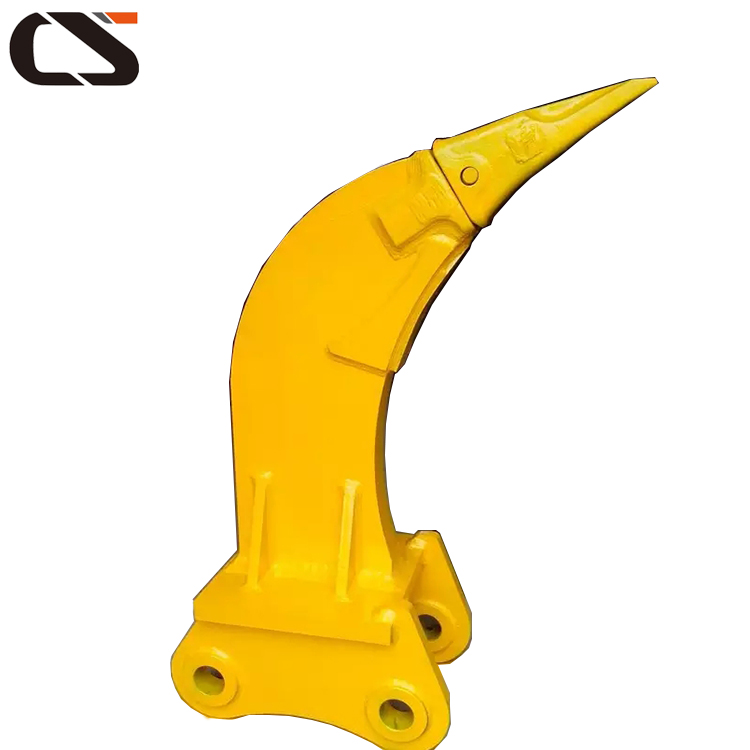Table 1 C/SiC material performance elastic constants to reduce unnecessary calculations. Similar to the bolt model, a simplified nut model and a model of the connected piece are created, as shown. Among them, the bolt and the nut are precisely matched by the thread surface. The model uses two units of hexahedron and tetrahedron. The total number of elements is 2.2. The material, boundary and contact setting of the model. At present, the composite threaded fastener is obtained by cutting the composite laminate and then forming it by mechanical processing. A fixed boundary is applied to the side wall surface of the nut, and radial and hoop constraints are applied to the side wall surface of the joined member to simulate the boundary conditions during bolt tightening. The model sets up four contact bodies, bolts, nuts, connected parts and loading faces. As can be seen, the loading surface is bonded to the screw inspection end face. The bolts, the connected parts, and the nuts are sequentially contacted together. The bolts and nuts only touch at the threads. In order to simulate the tightening process of the bolt, the corner control method is used to apply a torsion angle a at the end of the bolt through a rigid surface, and the rigid surface can be freely displaced in the axial direction. 3 Calculation results 3.1 Displacement and stress of the model For different analysis objects, different working conditions are defined and analyzed. The following is a description of the displacement and stress of the model when the material is linearly elastic, the coefficient of friction is taken as 0.5, and the torsion angle of the end of the bolt is linearly applied with the torsion angle of 5°. The deformation and axial displacement cloud of the model are given. can be seen. The overall axial displacement of the bolt during tightening is negative in the y-axis. Moreover, the axial displacement of the bolt is large, the displacement of the nut is small, and the axial displacement of the connected member is linearly distributed in the axial direction. This is caused by the deformation that occurs under the action of the bolt without being constrained by the axial displacement. The axial stress cloud diagram of the bolt is given. It can be seen that there is a significant stress concentration phenomenon at the thread, and it is mainly concentrated in the first and second thread, which is consistent with the analysis of the axial force of the meshing thread segment. . This is the general rule that the thread is subjected to axial forces. At the same time, a large compressive stress occurs at the root of the tooth. In the local area where the thread contacts, there is a large tensile stress appearing on the individual nodes, which should be the node that has not slipped in the load step during the contact analysis, which is difficult to avoid in the three-dimensional contact analysis. The above calculation results of displacement and stress show that the established model can simulate the bolt tightening process better, and can give more accurate displacement and stress results, which proves the rationality of the model. 3.2 Calculation of tightening torque and pre-tightening force gives a schematic diagram of the contact reaction force on the end face of the bolt bonded to the loading surface. The torque is calculated by using Marc's secondary development tool Python program to read the contact reaction force with the rigid surface connection node in the result file. The axial stress cloud diagram of the axial section of the connected part is given. The stress on the section is extracted by the Python program, and then the pre-tightening force of the bolt is calculated according to the area of ​​the section. 3.3 Influence of friction coefficient on tightening torque and pre-tightening force In order to investigate the influence of friction coefficient on tightening torque and pre-tightening force, the friction coefficient is 0, 0.1 respectively when the contact setting, friction type and torsion angle are kept unchanged. , 0.2, 0.3, 0.4, 0.5, defined five different working conditions, calculated the influence of different friction coefficient on tightening torque and pre-tightening force, and obtained the relationship between the two. It can be seen from the sum, the tightening torque and the friction coefficient are approximately linear, which is consistent with the theoretical analysis, indicating the rationality of the model establishment and calculation. The friction coefficient obtained by the combination of theoretical calculation and test will be used, that is, the friction coefficient between the bolt and the nut is 0.52, and the friction coefficient between the bolt and the connected member is . 46, then analyze the performance of the composite. 3.4 Influence of material properties on tightening torque and preloading force When analyzing the relationship between friction coefficient and tightening torque and preloading force, the material is still in the linear elastic range, but because there is a certain stress concentration at the thread, it is loaded at a certain angle. After that, the material will lose or even fail, entering the nonlinear phase. Considering the damage of the C/SIC composite, the Tsai-Hill failure criterion was used in the material model, and the progressive damage analysis of the material was carried out using Marc's progressive damage method. The following is the relationship between the preload force and the loading angle when considering material damage. It can be seen from the figure that the preload force increases linearly when the angle is small, but when the angle increases to about 45 degrees, Due to the more serious damage to the material, the pre-tightening force begins to increase slowly in the nonlinear phase. This has a certain degree of nonlinearity exhibited by the experimentally measured stress-strain curve. The axial stress-strain curve of the bolt measured by the experiment is given. The tensile stress-strain curve of the /哗1 C/SiC threaded fastener shows obvious nonlinear characteristics due to the damage curve of the material. In view of the complexity of 3D contact analysis, the analysis results are affected by more analysis parameters, and the analysis data and experimental data have a certain agreement on the overall trend. However, simulations in terms of numerical and precision still require further accurate material properties, more sophisticated models, and more reasonable parameter settings. 4 Conclusions 1. A more accurate finite element model of 3D thread torsion is established, and a reasonable contact setting is given. The calculation model can be used to analyze the tightening process of bolts. The tightening characteristics of the composite bolts are analyzed, and the linear relationship between the friction coefficient and the bolt torque and preload is obtained. 3. According to the friction coefficient measured by the experiment, the influence of the properties of the material on the preload force under the friction coefficient is calculated.
Construction Machinery Attachment feature:
1. Material: Q345B steel with high strength.
2. Balance valve motor with buffering and braking function.
3. The cylinder is equipped with non-return valve, more safety for grabbing.
4. 360 degree clockwise and anticlockwise rotating.
5. Swing type with no rotation can be made too.
6. Applications: sand plant, stone-crushing plant, dock, coal, renewable resources recycling, auto decomposition and waste transfer.
Excavator Attachment used for grabbing scraps, stones...
Excavator Attachment suitable excavator: Hitachi EX120, EX130; KOBELCO SK120, SK130, SK135; CATERPILLAR CAT312, CAT315; HYUNDAI RX110,RX130,RX150; KOMATSU PC120, PC130; DOOSAN DH130, DH150.
Main business:Crawler Excavator,Wheel Excavator,Excavator Spare Parts,Bulldozer Spare Parts,Pipelayer Spare Parts, Loader Spare Parts ,Construction Machinery Attachment.
The small excavator series has the advantages of small size, light weight, good transportation, low fuel consumption, high efficiency, flexibility, wide adaptability, etc. It is suitable for small earth and stone works, municipal engineering, landscaping, agricultural orchard planting, indoor construction, The construction of narrow space and other construction sites, such as concrete crushing, is increasingly becoming an ideal equipment for earthmoving applications, and the needs of users are constantly expanding. Construction Machinery Attachment Excavator Attachment, Hydraulic Rotating Grapple, Long Life Attachment, Long Warranty Attachment, Orange Peel Grapple Attachment Jining Changsong Construction Machinery Co., Ltd. , https://www.jncsmachinery.com

The small excavator series is extended and reinforced. It adopts domestic famous brand power system, which is powerful, energy efficient. The core hydraulic system is imported, soft, stable and durable. It can realize 'multiple use of one machine', with various functions such as excavation, crushing, drilling, bulldozing, grabbing, etc., and quick replacement of accessories, the equipment utilization rate is greatly improved. The integrated fuel tank design is beautiful and easy to maintain. Lengthen up. The widened and reinforced structural members greatly improve the depth, height and stability of the machine. Equipped with a large displacement pump valve and a large cylinder, slewing support, etc., the efficiency is further improved.